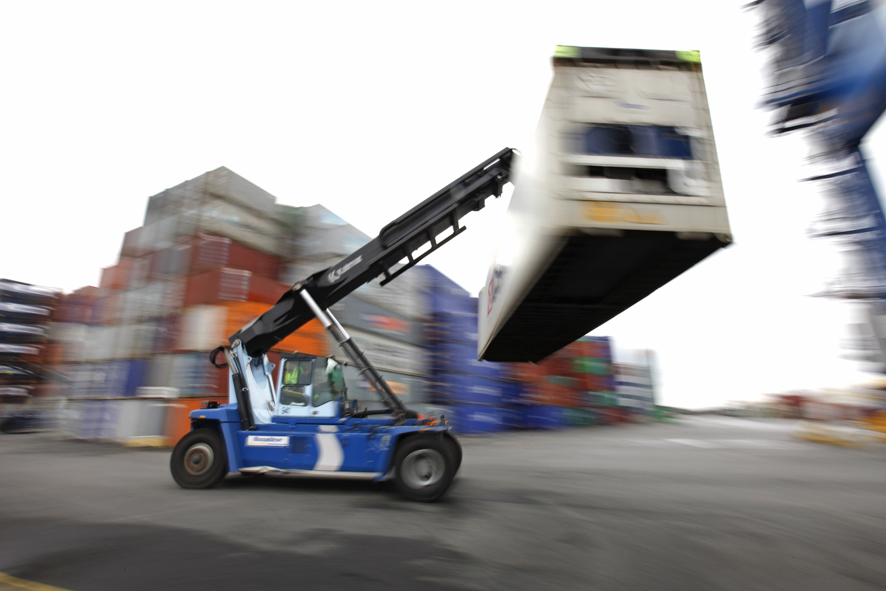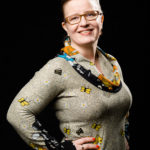Sitra is to import an internationally successful collaboration model to Finland, which will help companies to make use of each others’ surplus materials. Industrial symbiosis of this kind will generate new business activities and protect the natural environment.
In March, a resource wisdom and industrial symbiosis pilot will be launched in Finland. This will enable companies to improve their use of materials and competencies. Such a model will enable a generation of new business activities while at the same time reducing costs, the use of natural resources, greenhouse gas emissions and waste volumes. For companies, this will mean increased sales and an opportunity to create new products.
The NISP model (National Industrial Symbiosis Programme), which promotes the introduction of industrial symbiosis processes, will be piloted in the Helsinki metropolitan area and Jyväskylä this spring.
“There is nothing new about industrial symbiosis – as a collaboration model it has already proven its excellence in use all over the world. However, in Scandinavia it has yet to be tested,” explains Leading Specialist Jyri Arponen of Sitra.
“Immense opportunities lie before us in the exploitation of resources such as wood, plastic, competencies, food waste and excess heat. Although we recycle a great deal in Finland, we do not take advantage of industrial by-product flows, or waste. We burn reusable materials, or take them to landfill sites, even though recycling them would be better in terms of both the environment and profitability,” Arponen adds.
Industrial symbiosis generates income and saves nature
In the UK, 15,000 organisations are already involved in industrial symbiosis processes, through which the unused or residual resources of one company – surplus materials, production facilities, competencies and logistics – are used by another. Such systems bring an annual financial benefit of more than EUR 400 million, as well as the creation or preservation of 10,000 jobs. If the model functions as well in Finland, Sitra estimates a possible financial gain of around EUR 40 million per year.
“Industrial symbiosis provides companies with better opportunities to find unused raw materials and underutilised industrial facilities, and to share competencies. In Finland, this kind of company collaboration across sectoral boundaries does not occur as often as it might,” Arponen points out.
Launched in the UK in 2003, the NISP model has been applied in countries such as Brazil, China and Belgium. In the UK, the model enables the recycling of 9 million tonnes of waste a year, while reducing the amount of hazardous waste by 400,000 tonnes, carbon emissions from industry by 8 million tonnes, and the consumption of virgin materials by 12 million tonnes.
“In the UK, the operation was first launched at regional level. In Finland, we will try the same approach, in the Jyväskylä region. There, industrial symbiosis will be launched as part of a more extensive development project for the promotion of regional resource wisdom,” says Johanna Kirkinen, Leading Specialist at Sitra.
The first workshops for companies and organisations will be organised in Helsinki on 12 March and in Jyväskylä on 11 April. On the basis of these pilots, Motiva – an expert company promoting efficient and sustainable use of energy and materials in Finland – will explore opportunities for applying the model more extensively in Finland and, together with Sitra, will prepare a proposal on the model’s national implementation.
“Producers seldom take a genuine interest in their by-product flows. However, making by-products available to other users is profitable as well as rational,” declares Kenneth Ekman, CEO of Crisolteq, who was recently named 2013’s Chief Technology Officer of the Year by the Technology Academy Finland. Crisolteq has developed technological processes for recovering valuable metals from the by-product flows of the chemicals industry.
“The idea has been extremely well received by Finnish companies,” says co-ordinator James Woodcock, who will run the workshops. “It is clear that people here have the motivation and desire to make things happen. While the objectives and programmes of many companies include enhanced use of resources, until now they have lacked the practical means to make use by-product flows.”
For further information, please contact:
Jyri Arponen, Leading Specialist
Sitra, the Finnish Innovation Fund
tel. +358 40 766 2906
jyri.arponen@www.sitra.fi
Johanna Kirkinen, Leading Specialist
Sitra, the Finnish Innovation Fund
tel. +358 40 186 7107
johanna.kirkinen@sitra.fi
Paula Eskola, Consultant
Motiva
tel. +358 40 555 2961
paula.eskola@motiva.fi
James Woodcock, International Coordinator
International Synergies
tel. +44 7917 414 095
james.woodcock@international-synergies.com
www.nispnetwork.com

